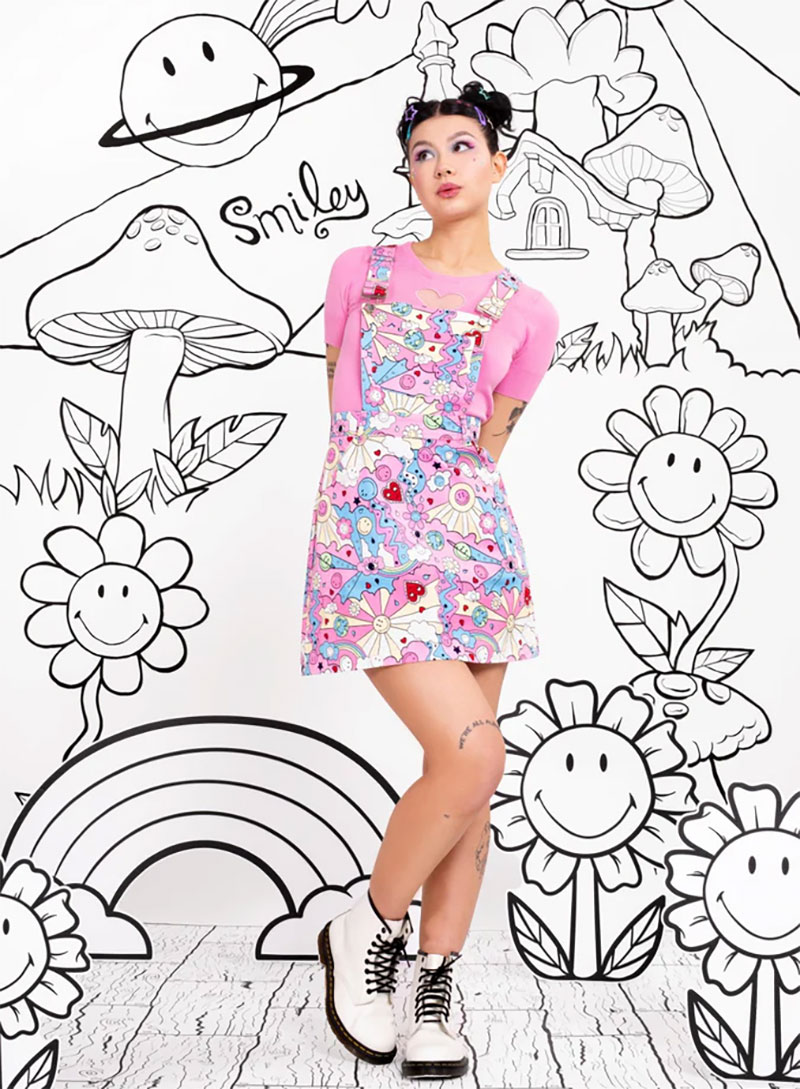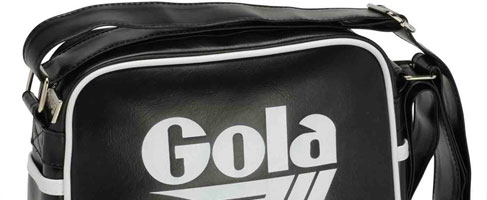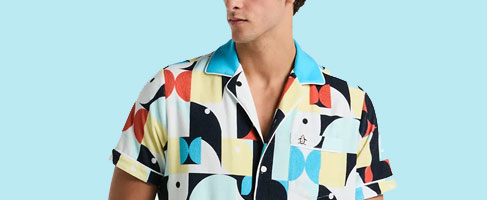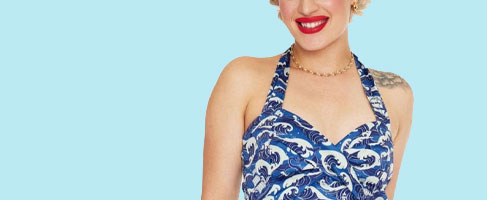From High Seas to High Street; A Brief History of the Peacoat.
An icon in the world of overcoats the peacoat, or occasionally pea coat, is renowned for its durability and warmth even out at sea. A favourite of sailors across the globe, including the British Royal Navy and US Navy, it is a fantastic example of how a military garment can have a massive impact on classic menswear.

Naval Origins
That naval connection is naturally indicative of the origins of the peacoat, which stem back right to the 1800s. The first variations of the peacoat was warn by the Dutch navy, a naval powerhouse of the time. Indeed the word peacoat itself is thought to have originated from the Dutch word ‘pije’ which was used to describe a coat made of a coarse wool fabric.
This Dutch clothing innovation would then be popularised by the British, with the Royal Navy variant becoming particularly popular as uniform for petty officers. Crafted in a thick and tightly woven melton wool, there were ideal for protecting sailors from the cold and blistering winds associated with seafaring.
The peacoat then transferred across the Atlantic when it was taken up by the US Navy. Originally the coat was adopted and used by ‘reefers’, sailors responsible for climbing up the rigging on sailing ships. Now Reefer Coat is often considered a sobriquet for Peacoat, however despite its humble origins the reefer became to officer’s peacoat; of the same design but with gold buttons and epaulettes. In 1897 the peacoat became considered an enlisted men’s overcoat, and was was covered by US Naval uniform regulations.

1850 'Camplin' advertisement for an original Royal Navy Peacoat.
Post War Move To Civvy Street.
During both World Wars, the peacoat became almost emblematic of Naval personal, and was even sometimes worn by forces fighting on the land. This durable and insulating garment once again proved itself of essential service against the elements.
Inspired to some extent by the heroism and fighting spirit of the forces during the war, the peacoat became increasingly popular amongst civilians, particularly after World War II. In a similar fashion to the bomber jacket the peacoat proliferated after the war and went on to become a fashion mainstay.
Fashion Icon.
Initially gaining popularity as a utilitarian coat, which alongside duffle coats and parkas were available through army surplus stores, the peacoat was quickly also embraced by the fashion conscious, its globe trotting connotations and tailored fit ensuring early adoptees included Beatniks and Mods. The peacoat unlike some other Mod fashions never even temporarily fell from favour, continuing to retain popularity through to the present day. Modern variations occasionally shift away from the wool cloth and often opt for a slightly slimmer fit, but the basic design remains unchanged since the 1800s. The peacoat simply had no reason to change.

Merc 'Doyle' Tartan Lined Melton Peacoat.
What are the characteristics of a Peacoat?
Traditionally crafted in a wool fabric, peacoats are distinct from overcoats in their shorter hip length, whilst they also feature broad lapels, double-breasted fronts with large buttons of three or four in two rows, and vertical or slash pockets.
Is a Peacoat a casual or formal coat?
The peacoat is generally considered a casual coat although its tailored silhouette does offer up a slightly formal aesthetic. Although working well as part of relaxed and semi-formal ensembles, traditionally it is seen as best avoided with anything overly formal such as a suit, with the better option being a fuller length overcoat.
How should a Peacoat fit?
Traditionally a peacoat was cut to fit quite close, but certainly not tight. There should be enough room under the coat for a chunky sweater but they are certainly not designed to be worn in an oversized fit.
Can you wear a Peacoat unbuttoned?
According to traditional Naval dress code most definitely not; all buttons bar the collar button should be fastened on a peacoat, with the collar button being allowed for use in particularly bad weather. Away from military codes there are no set rules, however as its designed as double breasted garment to keep you warm, a peacoat looks far better buttoned up. Maybe the navy were right after all.

Gloverall 'Tennyson' Wool Blend Peacoat.
Can you wear the collar up on a Peacoat?
Yes, the collar of a peacoat is designed to be able to be worn up. The collar is created in the Ulster style, which means the collar points face down, rather than up as on a suit jacket. This enables yo to flip the collar up and allow the points to cross at the front. Perfect protection from the winter weather.
Check out our selection of Peacoats from Merc, Ben Sherman, French Connection, Lambretta and Gloverall right here.















